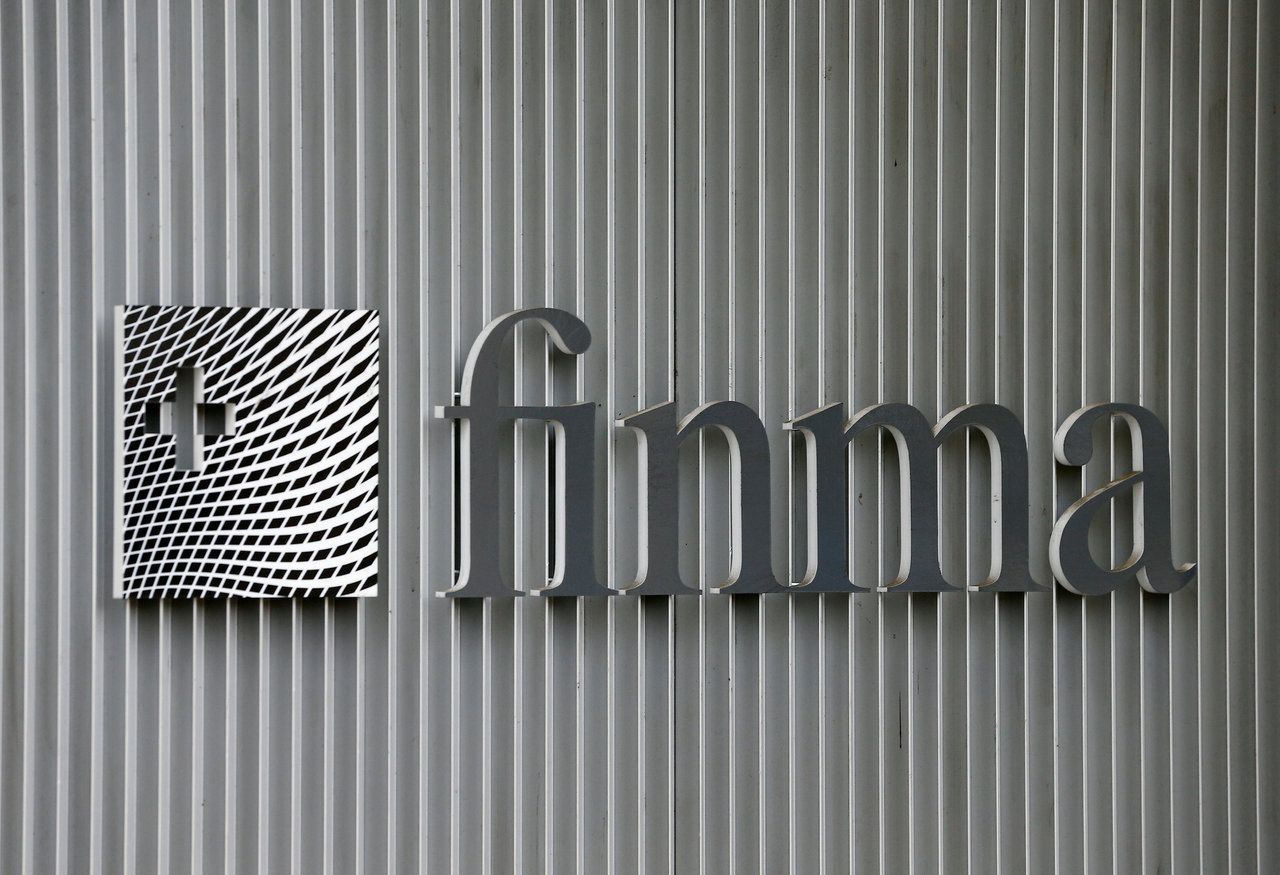FINMA Proposes New Regulations for Stablecoin Issuers
28.07.2024 19:00 1 min. read Alexander Stefanov
The Swiss Financial Market Supervisory Authority (FINMA) is set to introduce new rules for stablecoin issuers to enhance regulatory control and reduce financial risks.
These rules aim to address concerns about the impact of stablecoins on financial institutions and the broader market.
FINMA’s guidelines propose treating stablecoin issuers as financial intermediaries, highlighting the increased risk of money laundering, terrorism financing, and sanctions evasion linked to these digital currencies. The new regulations would require stablecoin issuers to follow the same Anti-Money Laundering (AML) rules as traditional financial entities, including verifying the identities of holders and beneficial owners.
To operate without a banking license, stablecoin issuers must meet specific conditions to protect depositors. These include having a bank guarantee in case of default, informing customers about guarantees, and allowing immediate claims in case of insolvency.
Despite these measures not offering the full protection of a banking license, they aim to safeguard customer interests and maintain high standards for stablecoin issuers. The rapid growth of stablecoins like Tether (USDT) and USDC has prompted global regulators to establish clear guidelines for this expanding sector.
By the end of 2023, at least 25 countries, including Switzerland, had introduced stablecoin regulations, according to the PwC Global Crypto Regulation Report 2023.
-
1
Kazakhstan to Establish State Crypto-Reserve Under Central Bank Oversight
30.06.2025 17:00 2 min. read -
2
U.S. State of Connecticut Blocks Crypto from Public Sector Operations
12.06.2025 16:00 1 min. read -
3
Federal Reserve Clears Path for Banks to Enter Crypto Market
24.06.2025 8:00 2 min. read -
4
Vietnam Charts a Clear Course for Digital Assets With New 2026 Law
16.06.2025 18:00 1 min. read -
5
GENIUS Act Clears Senate, Setting Stage for First U.S. Crypto Law
18.06.2025 12:00 1 min. read
Kazakhstan to Establish State Crypto-Reserve Under Central Bank Oversight
Kazakhstan is taking a major step toward integrating digital assets into its national financial strategy, with plans to establish a state-managed crypto-reserve.
Europe’s Largest Euro-Denominated Spot Crypto Exchange Secures License Under MiCA
Bitvavo, Europe’s largest euro-denominated spot crypto exchange, has officially received a MiCA license from the Dutch Authority for the Financial Markets (AFM), allowing the firm to operate across all 27 European Union member states.
U.S. Crypto Investors Hit by IRS Letter Surge as Tax Crackdown Looms
In just two months, crypto tax platform CoinLedger observed a staggering 700% surge in the number of U.S. users receiving IRS warning letters, signaling a sharp escalation in federal tax enforcement targeting digital asset holders.
Ripple Drops Cross-Appeal, Moves to End SEC Case “Once and for All”
Ripple CEO Brad Garlinghouse announced Friday that the company is officially dropping its cross-appeal in its long-running legal battle with the U.S. Securities and Exchange Commission (SEC), signaling a final move toward ending the years-long case.
-
1
Kazakhstan to Establish State Crypto-Reserve Under Central Bank Oversight
30.06.2025 17:00 2 min. read -
2
U.S. State of Connecticut Blocks Crypto from Public Sector Operations
12.06.2025 16:00 1 min. read -
3
Federal Reserve Clears Path for Banks to Enter Crypto Market
24.06.2025 8:00 2 min. read -
4
Vietnam Charts a Clear Course for Digital Assets With New 2026 Law
16.06.2025 18:00 1 min. read -
5
GENIUS Act Clears Senate, Setting Stage for First U.S. Crypto Law
18.06.2025 12:00 1 min. read


